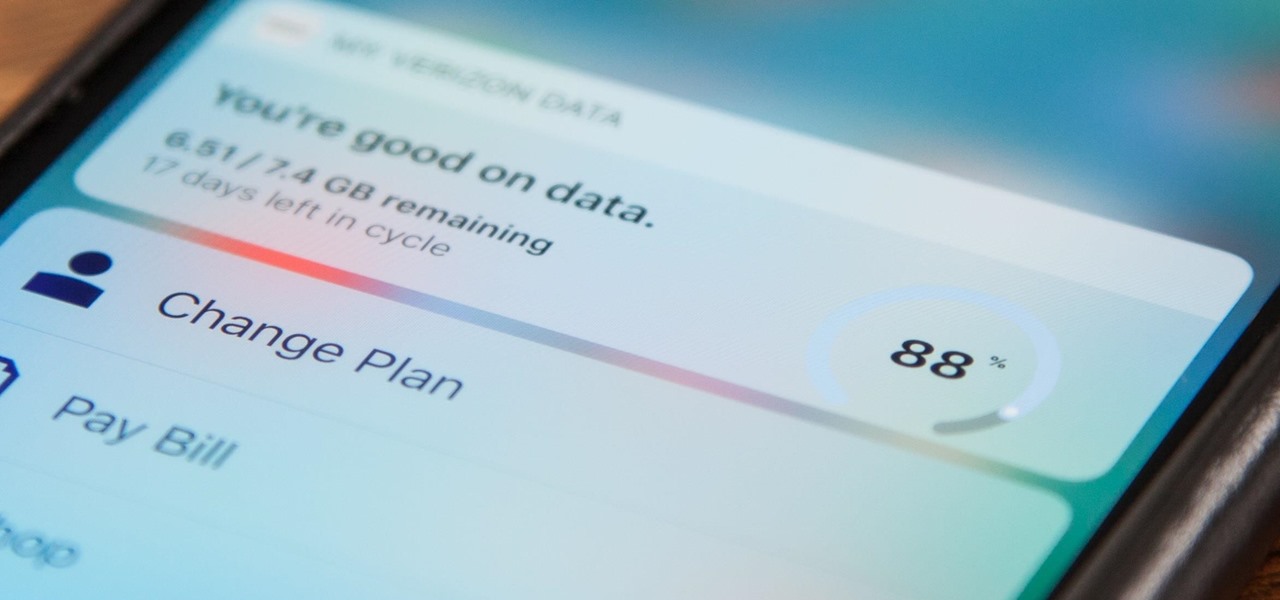Home>Finance>How To Find The Finance Charge If There Are 30 Days In The Billing Cycle


Finance
How To Find The Finance Charge If There Are 30 Days In The Billing Cycle
Published: March 7, 2024
Learn how to calculate the finance charge in a billing cycle with 30 days. Understand the process and manage your finances effectively.
(Many of the links in this article redirect to a specific reviewed product. Your purchase of these products through affiliate links helps to generate commission for LiveWell, at no extra cost. Learn more)
Table of Contents
Introduction
Understanding how to calculate the finance charge in a billing cycle with 30 days is crucial for managing your finances effectively. The finance charge represents the cost of borrowing and is an essential aspect of credit card and loan management. By comprehending the process of determining the finance charge, individuals can make informed decisions regarding their borrowing and repayment strategies. In this article, we will delve into the intricacies of finding the finance charge in a billing cycle with 30 days, providing a comprehensive guide to empower readers with the knowledge needed to navigate their financial obligations.
Calculating the finance charge involves several key steps, including understanding the billing cycle, determining the average daily balance, and finding the monthly interest rate. By breaking down each component and elucidating the associated calculations, we aim to demystify the process and equip readers with the necessary tools to make informed financial decisions.
Whether you are managing credit card debt, a personal loan, or any other form of borrowing that accrues interest, understanding how the finance charge is computed can help you take control of your financial well-being. By mastering these calculations, individuals can effectively strategize their repayment plans, minimize interest costs, and work towards achieving financial stability.
Join us as we embark on a journey to unravel the complexities of finance charges in a 30-day billing cycle, empowering you to make informed decisions and take charge of your financial future.
Understanding the Billing Cycle
The billing cycle is a critical aspect of credit card management, dictating the period within which transactions are tallied to determine the amount due. Typically lasting for 30 days, the billing cycle sets the timeframe for which purchases, payments, and other credit card activities are recorded. Understanding the nuances of the billing cycle is essential for accurately calculating the finance charge.
During the billing cycle, all transactions made on the credit card are aggregated to ascertain the total balance. This includes purchases, cash advances, and any applicable fees. It is important to note that the billing cycle may not align precisely with a calendar month, as it is determined by the card issuer. Consequently, the start and end dates of the billing cycle may vary from month to month.
Furthermore, the billing cycle plays a pivotal role in the calculation of the average daily balance, a key factor in determining the finance charge. By comprehending the billing cycle and how it influences the aggregation of transactions, individuals can gain insight into the factors that contribute to the overall finance charge.
Moreover, understanding the billing cycle enables cardholders to optimize their payment strategies. By strategically timing payments within the billing cycle, individuals can potentially minimize the average daily balance, subsequently reducing the finance charge. This underscores the significance of grasping the intricacies of the billing cycle and leveraging this knowledge to make informed financial decisions.
By unraveling the complexities of the billing cycle and its impact on the finance charge, individuals can gain a deeper understanding of their credit card statements and take proactive steps to manage their finances effectively. This knowledge empowers individuals to navigate the credit landscape with confidence, enabling them to make informed decisions that align with their financial goals and aspirations.
Calculating the Average Daily Balance
The average daily balance is a crucial component in determining the finance charge and is calculated by considering the balance on each day of the billing cycle. To compute the average daily balance, the balance for each day in the billing cycle is totaled and then divided by the number of days in the cycle. This provides a comprehensive view of the average amount owed over the course of the billing period.
Understanding how to calculate the average daily balance is essential for gaining insight into the amount of interest that accrues on the outstanding balance. By obtaining a clear picture of the average daily balance, individuals can make informed decisions regarding their repayment strategies and overall financial management.
To illustrate the calculation of the average daily balance, consider a billing cycle spanning from the 1st to the 30th of a month. For each day within this period, the balance on the credit card is recorded. These daily balances are then added together and divided by the total number of days in the billing cycle, in this case, 30. This yields the average daily balance, which serves as a fundamental factor in determining the finance charge.
Moreover, understanding the average daily balance empowers individuals to assess the impact of their spending and payment patterns on the overall finance charge. By monitoring fluctuations in the average daily balance, individuals can identify opportunities to minimize interest costs and optimize their repayment strategies, ultimately working towards financial stability.
By comprehending the intricacies of calculating the average daily balance, individuals can gain a deeper understanding of the factors that contribute to the finance charge, enabling them to make informed decisions to manage their credit card and loan obligations effectively.
Determining the Monthly Interest Rate
Before delving into the process of finding the finance charge in a billing cycle with 30 days, it is essential to understand how the monthly interest rate is determined. The monthly interest rate, also known as the periodic interest rate, is a key factor in calculating the finance charge and is typically expressed as a percentage. This rate is applied to the average daily balance to ascertain the interest accrued over the billing cycle.
To determine the monthly interest rate, the annual percentage rate (APR) is divided by 12, as there are 12 months in a year. The resulting figure represents the monthly interest rate, providing insight into the rate at which interest accrues on the outstanding balance during each billing cycle.
For example, if the APR on a credit card is 18%, the monthly interest rate would be calculated as follows: 18% ÷ 12 = 1.5%. This means that for each billing cycle, the outstanding balance on the credit card accrues interest at a rate of 1.5%.
Understanding the monthly interest rate is crucial for evaluating the cost of borrowing and making informed decisions regarding credit card usage and repayment strategies. By grasping the implications of the monthly interest rate, individuals can gain insight into the amount of interest that accumulates on their outstanding balance, thereby enabling them to strategize their repayment plans effectively.
Moreover, comprehending the monthly interest rate empowers individuals to assess the impact of varying interest rates on their overall finance charge. By staying informed about changes in the monthly interest rate, individuals can adapt their financial strategies and make proactive decisions to manage their credit card and loan obligations efficiently.
By unraveling the intricacies of the monthly interest rate and its role in determining the finance charge, individuals can gain a deeper understanding of the cost of borrowing and leverage this knowledge to make informed financial decisions that align with their long-term goals and aspirations.
Finding the Finance Charge
Once the average daily balance and the monthly interest rate have been determined, calculating the finance charge becomes a straightforward process. The finance charge represents the cost of borrowing and is the amount of interest accrued on the outstanding balance over the billing cycle. By understanding how to find the finance charge, individuals can gain insight into the total cost of carrying a balance on their credit card or loan.
To calculate the finance charge, the average daily balance is multiplied by the monthly interest rate, and the product is then multiplied by the number of days in the billing cycle. This yields the total amount of interest accrued over the billing period, representing the finance charge for that specific cycle.
For example, if the average daily balance is $2,500 and the monthly interest rate is 1.5%, the finance charge for a 30-day billing cycle would be calculated as follows:
($2,500 average daily balance) × (1.5% monthly interest rate) × (30 days) = $112.50 finance charge
By computing the finance charge, individuals can gain a comprehensive understanding of the cost of carrying a balance on their credit card or loan. This knowledge empowers individuals to make informed decisions regarding their borrowing and repayment strategies, enabling them to minimize interest costs and work towards financial stability.
Moreover, understanding how to find the finance charge fosters financial literacy, equipping individuals with the knowledge needed to navigate the intricacies of credit card and loan management. By gaining insight into the factors that contribute to the finance charge, individuals can take proactive steps to optimize their repayment plans and make informed financial decisions that align with their long-term goals.
By unraveling the process of finding the finance charge in a billing cycle with 30 days, individuals can gain a deeper understanding of the cost of borrowing, empowering them to take control of their financial well-being and work towards achieving financial freedom.
Conclusion
Understanding how to calculate the finance charge in a billing cycle with 30 days is an essential aspect of managing credit card and loan obligations. By unraveling the intricacies of the billing cycle, average daily balance, monthly interest rate, and finance charge, individuals can gain valuable insight into the cost of borrowing and make informed financial decisions.
Mastering the calculations involved in finding the finance charge empowers individuals to take control of their financial well-being. By comprehending the impact of the average daily balance and the monthly interest rate on the finance charge, individuals can strategize their repayment plans effectively, potentially minimizing interest costs and working towards financial stability.
Moreover, understanding the nuances of the finance charge fosters financial literacy, equipping individuals with the knowledge needed to navigate the complexities of credit card and loan management. By staying informed about the factors that contribute to the finance charge, individuals can make proactive decisions to optimize their borrowing and repayment strategies, ultimately working towards achieving their financial goals.
By gaining insight into the process of finding the finance charge, individuals can make informed decisions regarding their credit card and loan obligations, aligning their financial strategies with their long-term aspirations. This knowledge empowers individuals to take control of their finances, minimize interest costs, and work towards financial freedom.
In conclusion, the ability to calculate the finance charge in a billing cycle with 30 days is a valuable skill that enables individuals to navigate the world of credit and borrowing with confidence. By leveraging this knowledge, individuals can make informed decisions, minimize interest expenses, and embark on a path towards financial empowerment and security.














